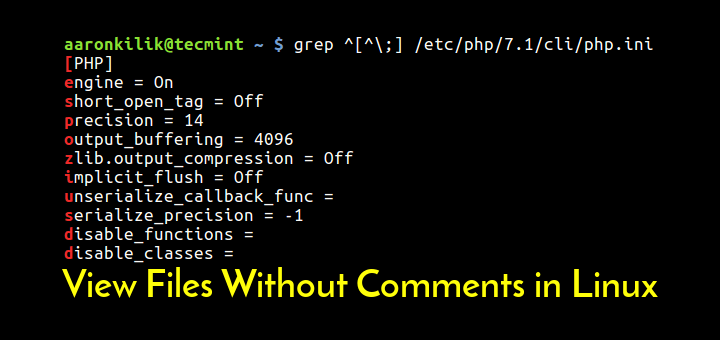
This makes Midnight Commander a bit challenging to learn. This area is used to display supplemental information about the currently selected item such as the targets of symbolic links.īeing a character-based application with a lot of features means Midnight Commander has a lot of keyboard commands, some of which it shares with other applications others are unique. This will change the directory shown in the current directory panel.Īt the very bottom of the directory panel and above the command line is the mini-status line. One especially useful command is cd followed by a directory pathname. Commands can be entered in the usual manner. Just above the function key labels there is a shell prompt. These can be activated by pressing the F9 key. The top line of the display contains a set of pull-down menus. The bottom line on the display contains function key (F1-F10) shortcuts to the most commonly used functions. To change which panel is the current panel, press the Tab key. One of the two panels (called the current panel) is active at any one time. The center portion of the screen is dominated by two large directory panels. Screen Layout Midnight Commander screen layout To start Midnight Commander, enter the command mc followed optionally by either 1 or 2 directories to browse at start up.
PHP VIEWER LINUX SOFTWARE
It is installed by default in some Linux distributions, and is almost always available in every distribution’s software repositories as the package “mc”. Midnight Commander is part of the GNU project.

zip) as though they were local directories.Īllows creation of a user-defined “hotlist” of frequently used directories.Ĭan search for files based on file name or file contents, and treat the search results like a directory.
PHP VIEWER LINUX ARCHIVE
Performs all the common file and directory manipulations such as copying, moving, renaming, linking, and deleting.Īllows manipulation of file and directory permissions.Ĭan treat remote systems (via FTP or SSH) as though they were local directories.Ĭan treat archive files (like. Midnight Commander is quite powerful and boasts an extensive set of features: Midnight Commander can do this, and much, much more. The idea is that files are moved or copied from the directory shown in one pane to the directory shown in the other. The design of Midnight Commander is based on a common concept in file managers: dual directory panes where the listings of two directories are shown at the same time. In this adventure we will look at Midnight Commander, a character-based directory browser and file manager that bridges the two worlds of the familiar graphical file manager and the common command line tools.

While many common file manipulations are easily done with a graphical file manager, the command line tools provide additional power and flexibility. Though a GUI may be the most simplistic, you really should take some time to learn to use command line options.Previous | Contents | Next Midnight CommanderĪt the beginning of Chapter 4 in TLCL there is a discussion of GUI-based file managers versus the traditional command line tools for file manipulation such as cp, mv, and rm. Root 5 0.0 0.0 0 0 ? S Administration > System Monitor.

USER PID %CPU %MEM VSZ RSS TTY STAT START TIME COMMAND The x option adds to the list processes that have no controlling terminal, such as daemons, which are programs that are launched during boot and run unobtrusively in the background until they are activated by a particular event or condition. The u option tells ps to provide detailed information about each process. A group leader is the first member of a group of related processes. The a option tells ps to list the processes of all users on the system rather than just those of the current user, with the exception of group leaders and processes not associated with a terminal. The output can be advanced one screen forward by pressing the SPACE bar and one screen backward by pressing the b key.

PHP VIEWER LINUX FULL
As the list of processes can be quite long and occupy more than a single screen, the output of ps aux can be piped (transferred) to the less command, which lets it be viewed one screen full at a time. With escalated privileges type the following in your terminal window to show active processes on the system. Every process is assigned a unique PID by the system and you can killing a Linux process by referencing these PIDs. A process, also referred to as a task, is an executing (running) instance of a program. This is used to display information on active processes, including their process identification numbers (PIDs). For those making the switch over to Linux here are the alternatives to Task Manager.įirst lets start with an introduction to the ps (process status) command.
PHP VIEWER LINUX WINDOWS
Anyone that has used a Windows Operating System should be familiar with Task Manager, the program that allows you to end processes and to view a dynamic display of your computer's performance.


 0 kommentar(er)
0 kommentar(er)
